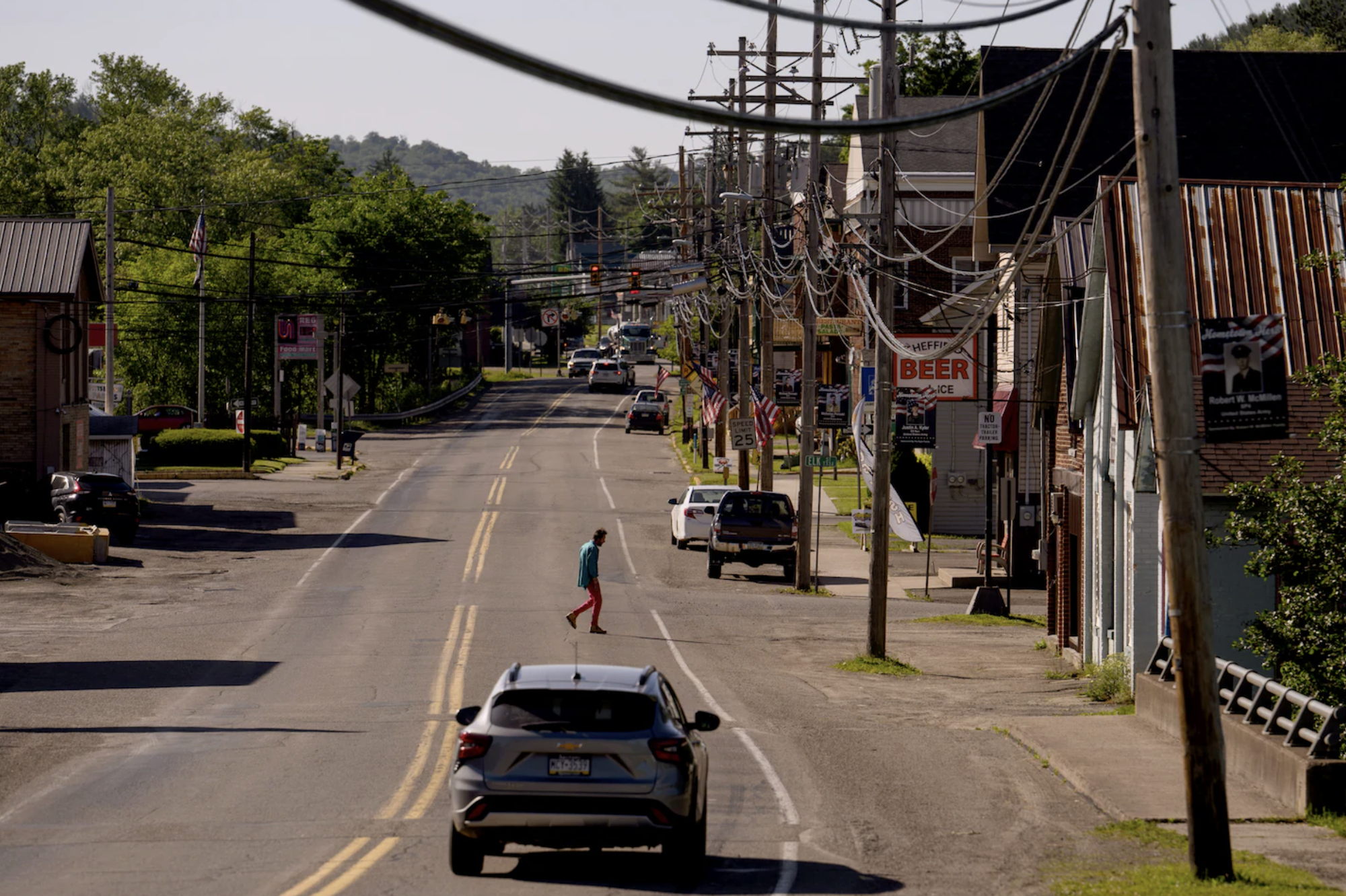Failing to plan is planning to fail
The Washington Post ran a story yesterday about the decline of small rural towns in America with manufacturing losses and aging populations. The focus of the article, entitled, "Too many old people’: A rural Pa. town reckons with population loss", is Sheffield, Pennsylvania. Once the site of the largest sawmill east of the Mississippi, Sheffield thrived off of timber and oil exploration. According to the article, the town had "...just about everything they needed to maintain an active, middle-class lifestyle. There was a bowling alley, auto dealerships, doctors offices and pool halls." As the core businesses closed, young people left town seeking work elsewhere. Deaths began to outpace births. Eventually, key elements of the community were shuttered - banks, day care centers, and even ambulance service began to disappear. New employers are not coming to town. Now the town is left with little hope.
Still, the area is scenic; it is adjacent to a national forest. It grew a little bit during the pandemic as a place of refuge. Why not build on that? It's not far from the Erie PA Metro Area and within striking distance of Buffalo, Pittsburg and Cleveland. That translates to good potential for remote work. Why not promote the town for affordable housing in an idylic setting? Add in a decent fiberoptic network to foster remote work and, boom, you're back in business. Um...hang on. That sort of thing requires a strategy for sustainability over the long term. It requires planning. Take a look at the photo of Main Street in Sheffield - does it look like a place that's trying to attract new residents? Nope.

The lesson for us here in our community is that if you develop a place and it does well for a while, there is no guarantee it will thrive forever. You have to step up, act decisively, and make forward-thinking expenditures. You can't just sit back in your Supervisorial easy chair and relax. To avoid a destructive downward cycle, you have to plan ahead for the long term and implement the plan by making strategic investments to maintain and improve the place. Arden Arcade was a kind of boom town after WWII. Our then-new suburban residences were ideal for settling down and raising a family. Good jobs were available with employers in the vicinity like McClellan AFB and the State of California. Those jobs stimulated a wide array of retail and commercial employment and attracted important service providers like Kaiser and AT&T. By the 1970s, though, our community's infrastructure was wearing thin. The "happening places" were elsewhere. Prop 13 forced the closure of several of our public swimming pools and neighborhood schools. The County put together an Arden-Arcade Community Plan in 1980 to deal with the emerging challenges. It was not implemented and, except for a toothless "Community Action Plan Appendix" that was adopted in 2006 and also not implemented, it has not been updated. In other words, our local strategy for sustainability is 44 years old. That's not exactly the definition of "nimble and quick". Nor is our plan based on existing and expected circumstances now that a quarter of the new century is nearly done. The Board of Supervisors, our municipal leaders that provide us with economic development and land use planning services, has not seen fit to keep up with the times. Here, "long-term planning" means however long it takes for a developer to get a building permit. Bottom line: our community isn't that much different from Sheffield PA.
